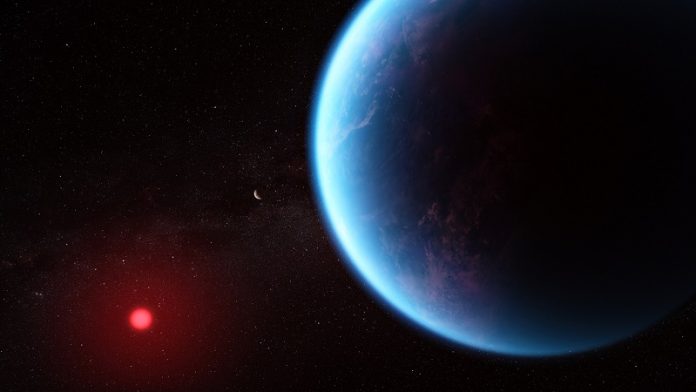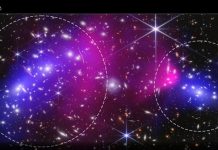
Do you ever look up at the stars and wonder if we’re alone in the universe?
Well, NASA’s James Webb Space Telescope has found something exciting that brings us one step closer to answering that question.
Scientists used the telescope to study a planet called K2-18 b, which is 120 light-years away in the Leo constellation. What they found was pretty cool!
K2-18 b is much bigger than Earth—about 8.6 times bigger to be exact. And unlike any planets in our solar system, it’s a type of planet called a “sub-Neptune.”
These sub-Neptunes are mysterious because they’re between the size of Earth and Neptune, and we don’t really know much about them.
This planet is in a place around its star that could be just right for life—what scientists call the “habitable zone.” This means it’s not too hot and not too cold, making it possible for water to exist.
The James Webb Telescope found signs of carbon-based molecules like methane and carbon dioxide in its atmosphere. This suggests that K2-18 b could have a surface covered by an ocean under a sky full of hydrogen.
The best part? Scientists think that this planet could be a “Hycean” world. In simple terms, it’s a planet with a hydrogen-rich atmosphere and water oceans. They believe these kinds of planets might be good places to look for signs of life.
The telescope also found something even more exciting—there might be a molecule called dimethyl sulfide (DMS) in the planet’s atmosphere.
On Earth, this molecule is produced by living things, especially tiny plants in the ocean called phytoplankton. But scientists aren’t sure yet and need to do more studies to confirm.
The telescope used a smart trick to find out all this information. It looked at the light coming from the planet’s star when the planet passed in front of it.
As the light went through the planet’s atmosphere, it left clues that scientists used to figure out what the atmosphere is made of. They said this new telescope is so good that just two of these “passes” gave them as much info as eight passes from the older Hubble telescope!
The team of scientists is super excited about what they’ve found so far and plans to do more research. They want to use another tool on the telescope to confirm their results and learn more about this far-away world.
So, what does this all mean? It’s a step forward in the search for life beyond Earth. While K2-18 b might not have life, it certainly has a lot of the ingredients that make life possible.
And who knows, maybe one day we’ll find out we’re not alone in this big universe after all!
Follow us on Twitter for more articles about this topic.



